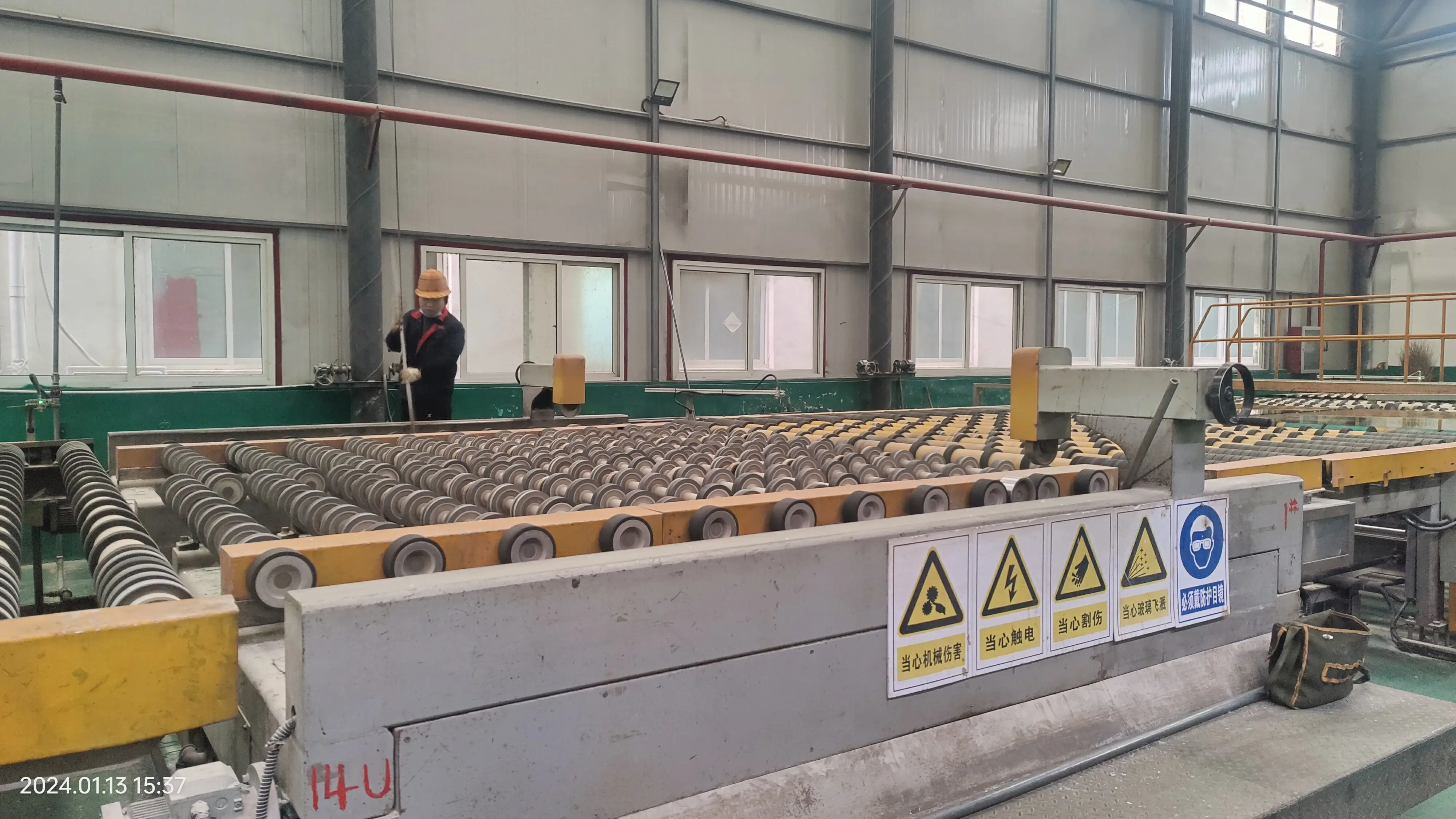

Understanding Standard Float Glass Properties, Applications, and Benefits
Standard float glass, often referred to simply as float glass, is a fundamental material widely used across various industries due to its clarity, strength, and versatility. The production process of float glass, pioneered in the 1960s, involves floating molten glass on top of molten tin, resulting in a smooth, flat surface with exceptional optical quality. This article delves into the properties, applications, and benefits of standard float glass.
Properties of Standard Float Glass
One of the most notable properties of standard float glass is its optical clarity. The manufacturing process ensures that the glass is free from distortions, making it suitable for applications where vision is critical, such as windows, mirrors, and display cases. The surface of float glass is also relatively smooth, which aids in cleaning and maintenance.
In terms of physical and thermal characteristics, standard float glass is durable and resistant to weathering. It possesses a high degree of chemical stability, which makes it resistant to acids and other harmful substances. Though float glass can be brittle, its strength is enhanced through proper handling and installation.
Moreover, float glass can be produced in various thicknesses, typically ranging from 2mm to 19mm or more, depending on the intended application. This flexibility allows architects and designers to utilize float glass in diverse settings, from residential buildings to large commercial spaces.
Applications of Standard Float Glass
The applications of standard float glass are extensive due to its favorable properties. It is predominantly used in architectural applications for windows and facades, providing light and visibility while offering thermal insulation properties. The glass can also be tempered or laminated for added strength and safety, making it suitable for high-rise buildings.

In addition to architectural uses, float glass is commonly found in the automotive industry. Windshields and side windows made of float glass provide necessary visibility while helping to protect passengers from external elements. Furthermore, float glass is often employed in the production of glass furniture, such as tables and shelves, contributing to modern interior design aesthetics.
Standard float glass is also utilized in the manufacturing of mirrors. The high reflective quality makes it an excellent choice for both functional and decorative mirrors found in homes, bathrooms, and retail environments. In the technological sphere, it is used as a substrate for touch screens and displays, owing to its transparency and durability.
Benefits of Standard Float Glass
The benefits of using standard float glass extend beyond its physical properties. Its versatility in design and application makes it an ideal choice for architects and designers looking to incorporate glass into their projects. Additionally, float glass is relatively easy to fabricate, allowing for various techniques such as cutting, edging, and drilling.
Another advantage is its cost-effectiveness. Compared to other glazing options, float glass offers a balance of quality and affordability, making it accessible for a wide range of applications. Furthermore, advancements in manufacturing processes have led to improved energy efficiency of float glass, which contributes to sustainable building practices.
Lastly, float glass is recyclable, supporting environmentally conscious practices. When discarded, it can be melted down and repurposed, reducing waste and minimizing the carbon footprint associated with glass production.
Conclusion
In summary, standard float glass is a remarkable material that plays a crucial role in multiple industries. Its unique properties, wide range of applications, and significant benefits make it a preferred choice for architects, designers, and manufacturers alike. As demands for sustainable and high-quality materials continue to rise, float glass stands at the forefront, offering solutions that marry functionality with aesthetic appeal. Whether used in windows, furniture, or innovative technology, standard float glass continues to be an integral element shaping our built environment.